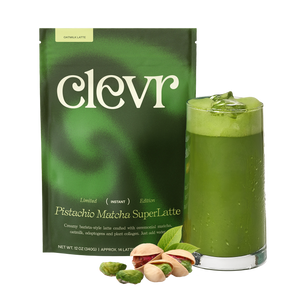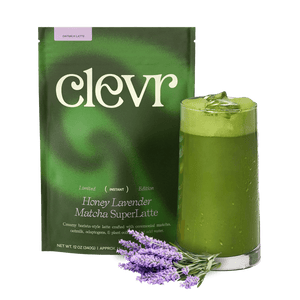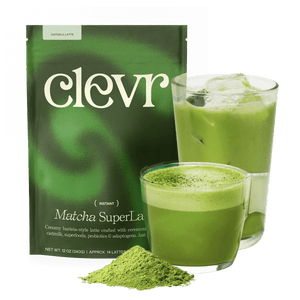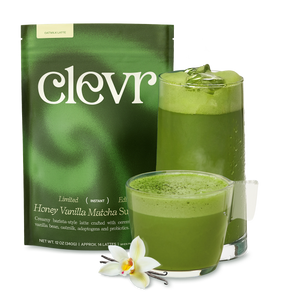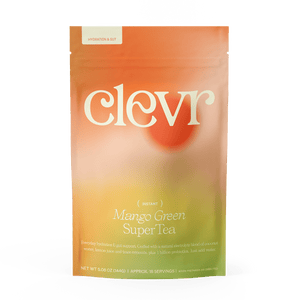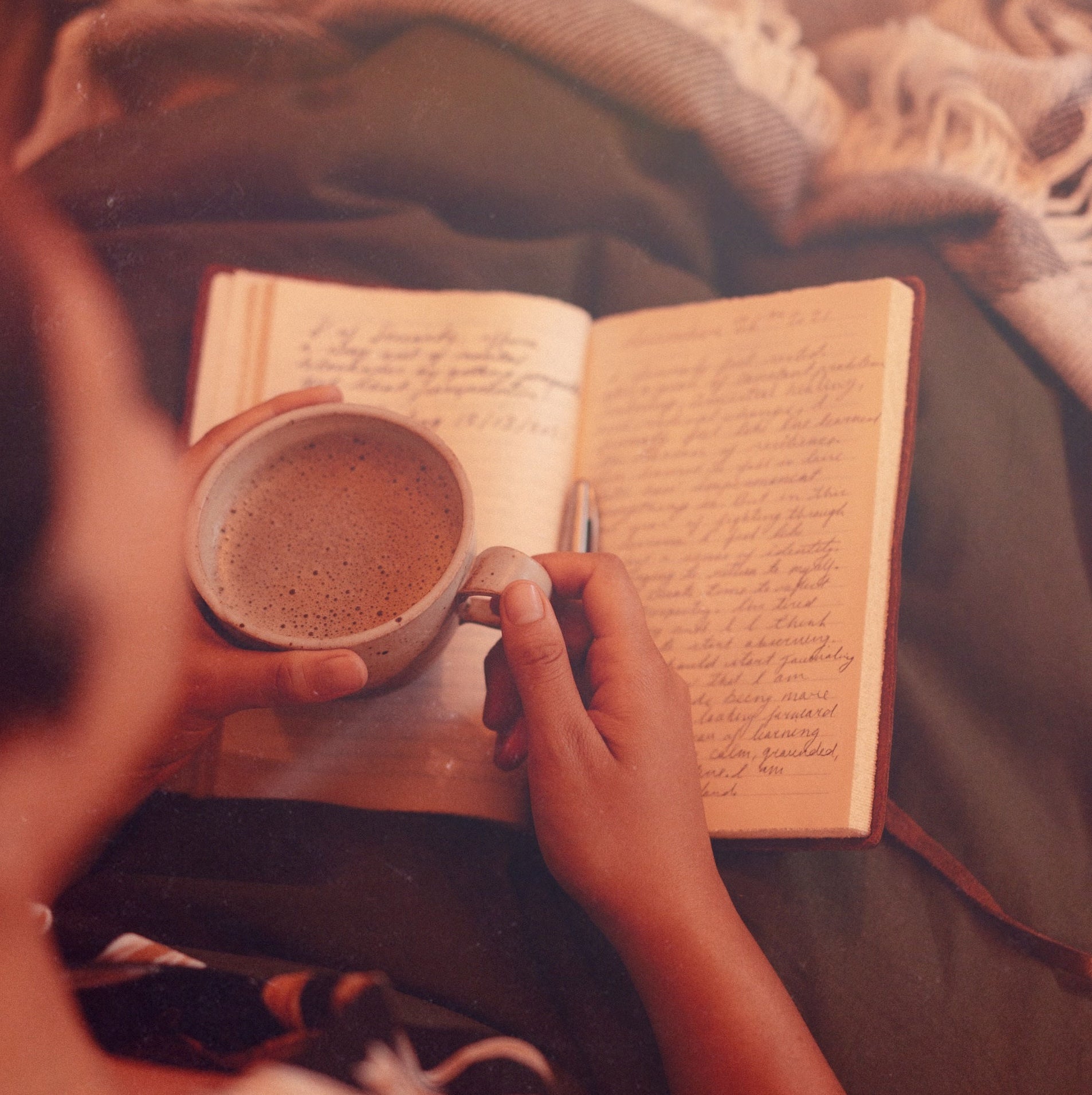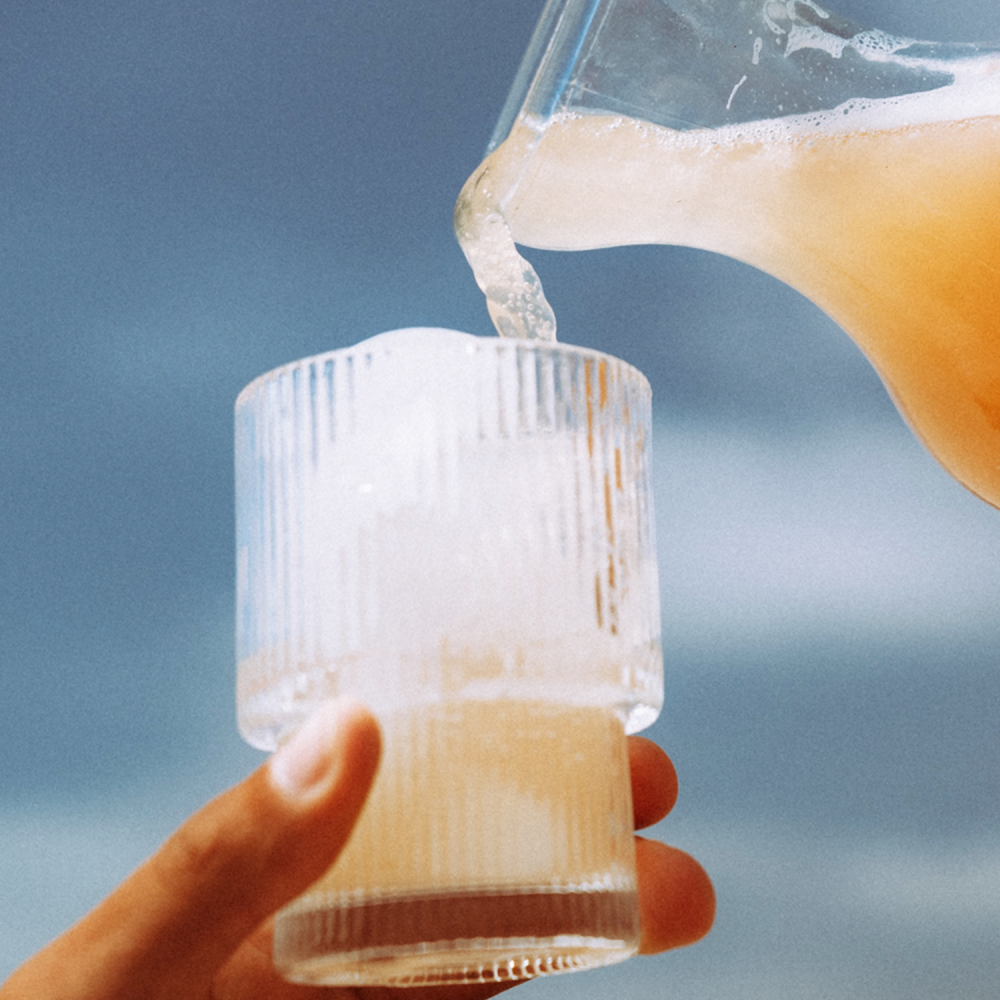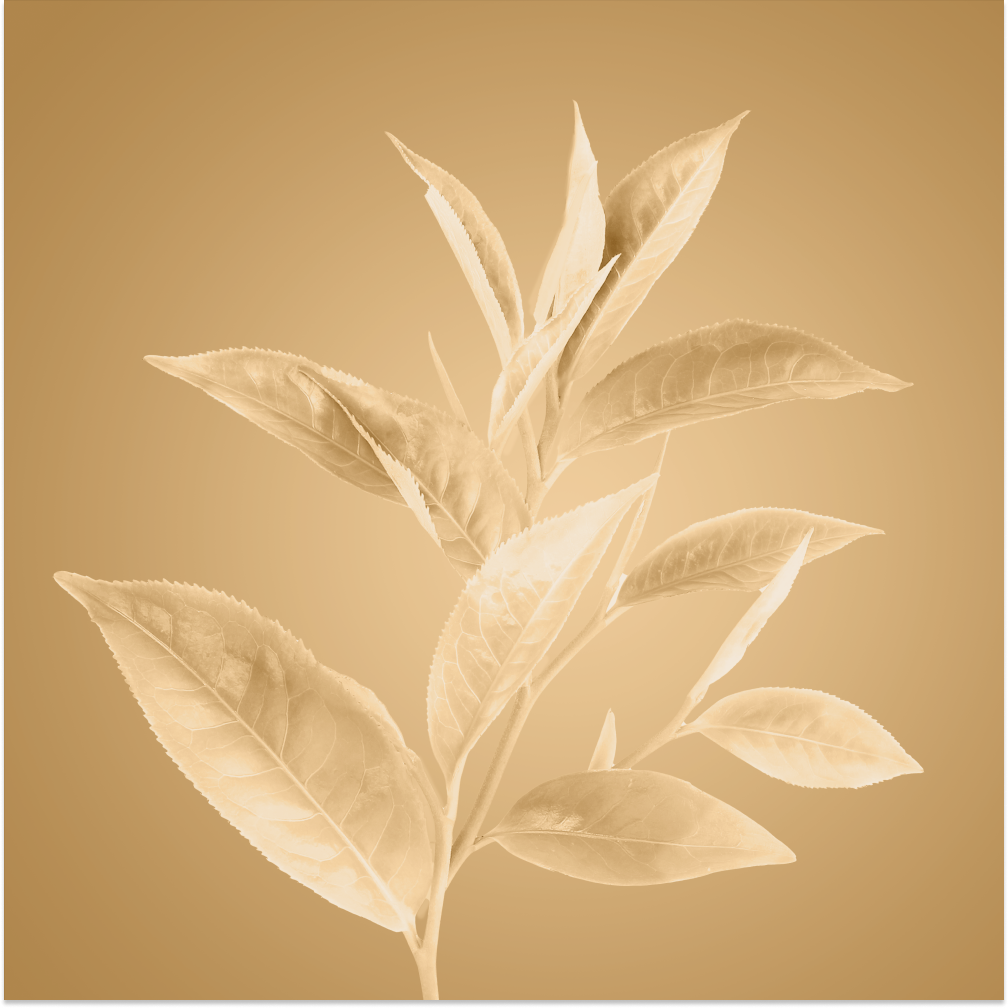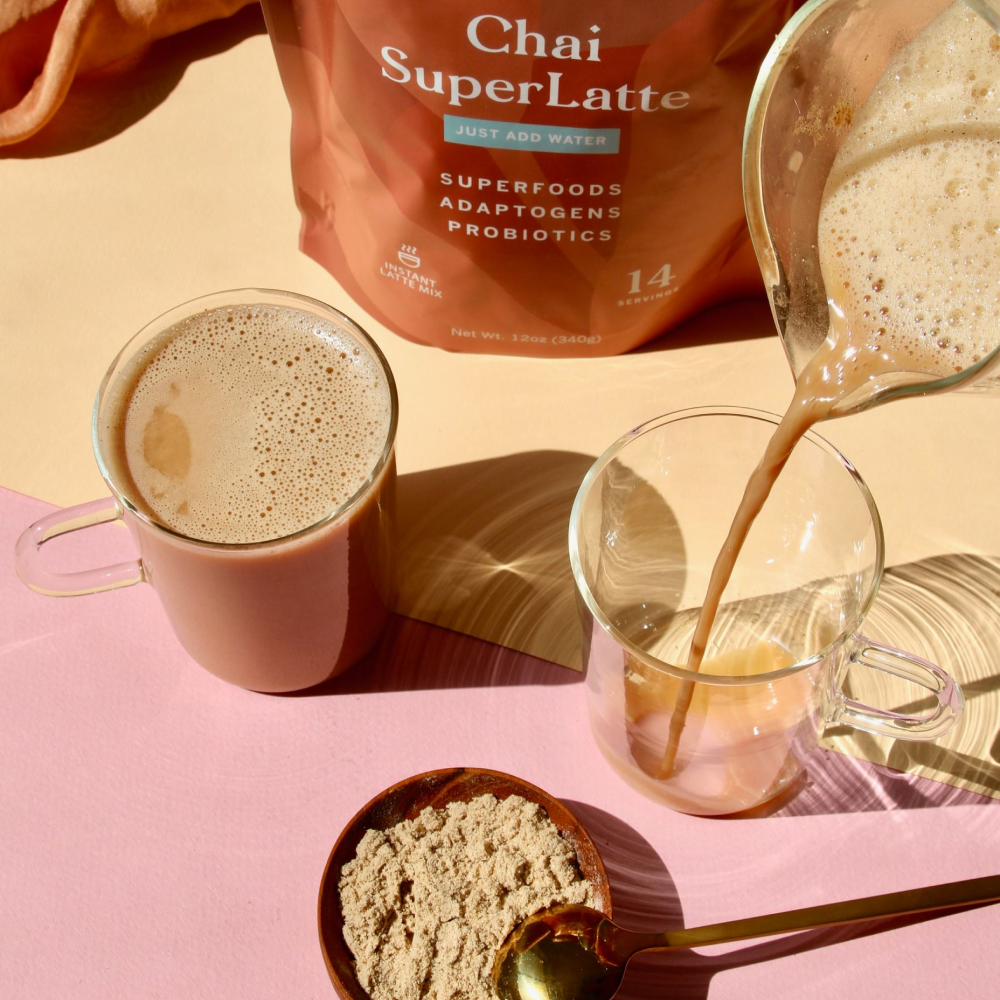
Culture of Chai: A Conversation with Seema Hari
In India, chai is synonymous with community. Read more to learn more about the rich traditions and interwoven rituals of chai in Indian culture, shared by Seema Hari.
The essence of chai lies in the warm feeling of welcoming connection, which stems from the deeply integrated rituals of chai in Indian culture. Chai is more than just a recipe; it holds the power to evoke sweet feelings and memories, maintain strong community bonds and keep sacred traditions alive.
We had the absolute honor of speaking with Seema Hari, a non-binary engineer, DJ, model, producer and activist. They shared about their connection to Chai, and its place in their culture. Read on to dive into the rituals and traditions behind our favorite fall drink…
Q & A
You have shared that Chai was a big part of your upbringing in India. What memories do you have of Chai traditions in your family, and do you still practice any of these traditions here in the U.S.?
“Absolutely. Chai is more than just a beverage for us in India.
It’s a ritual, a greeting, a bonding experience, and an art form.
The way you make chai is your signature, and it’s your gift to the world. Growing up in my family, chai was always an integral part of our day. My parents drink chai to kick off their day in the morning, and the aroma of chai mixed with freshly lit incense sweetly reminds me of mornings in India. Chai is also a vital part of hosting someone. It is a greeting and warm welcome. Whenever someone comes home or anyone visits, you always offer chai. If you are not offered chai when you visit someone’s house in India, it is considered offensive.
Once I was old enough, I would join in sharing chai with family and friends in the evenings. It was usually paired with some biscuits, preferably Parle-G. We’d dunk the Parle-G biscuit in the chai, making sure to skilfully soak it for just the right amount of time, because leaving the biscuit in for too long causes it to disintegrate. When you time the soaked biscuits just right, it makes for the perfect evening snack. To this day, I still make chai almost every evening and I still buy Parle-G biscuits from the Indian store to pair with my chai.”
Chai seems to be respected and ritualized in the majority of Indian culture. Is this a tradition in all areas of India?
“Yes, it is consumed in the majority of India. Each state, and even each household, has its own twist on the Chai recipe and routine. Some states have a coffee culture too, but chai is still thriving everywhere. At every train station, bus station, main street corner, and almost every place of worship, there is always a tea stall with a ‘Chaiwallah/Chaiwalli’ - a person making fresh, hot tea. Every restaurant has chai on their menu, and they serve it no matter what time of day it is.”
The vessel holding the drink can carry just as much symbolism and ritual as the drink itself. Do you have a favorite mug to drink Chai out of?
“We use these cute cups from India that are replicas of traditional ‘kulhads,’ which are cups made out of mud clay, that chai is served out of in some parts of India. It is tradition in India to throw the cup on the ground to break it after every drink, and then the clay is reused to make cups again. Personally, I have the ones that don’t need to be broken, so that they can be reused and last longer.”
Chai has been held as sacred for centuries in India. Is chai still commonly used in any traditional ceremonies?
“Yes, chai is a central part of life in India. Weddings, family get-togethers, ritual poojas, and various other events all have chai integrated into them.
It is so naturally and seamlessly woven into the fabric of Indian culture that there is no separate ceremony for chai.
Simultaneously, no ceremony or occasion would be complete without a good chai.”
Ritual is what transforms a mundane routine into a sacred act. Do you have any rituals that you practice while making/drinking Chai?
“I drink chai at sunset every day while I walk to the beach. It is important to always inhale the fragrance of the chai before you take the first sip, and drink it while it is still hot. We make a slurping sound when we take the first sip to help with the temperature. This isn’t necessarily part of the ritual, but it’s a sign that someone is comfortable enough with you to not care about being proper or bothering with niceties.”
Oftentimes beverages with cultural importance are enjoyed in a communal setting. Do you have a routine of drinking Chai with specific people in your life?
“I love to share chai because for me it's such a bonding experience. Even when I am drinking chai alone at a chai stall, I feel connected because I am sharing this blend of spices and tea brewed in the same pot with a set of strangers.
We are all taking a moment to breathe and be present.
I drink chai with my partner every evening at sunset. On nice days, we make extra cups and bring them to the beach to share with anyone we meet. We bring homemade chai to every get-together or party.”
Many cultures have a drink that brings people together or creates community, much like Maté in Uruguay or Cacao in Ecuador. Do you feel that Chai does the same?
“Yes, definitely. I would say chai is synonymous with community. Whenever a community comes together without chai, to me it feels incomplete.”
Seema Hari grew up in India and hopes to work to dismantle the caste system and break the stigma around dark skin, creating empathy through their work across various mediums. You can follow along with Seema on Instagram at @seemahari.

